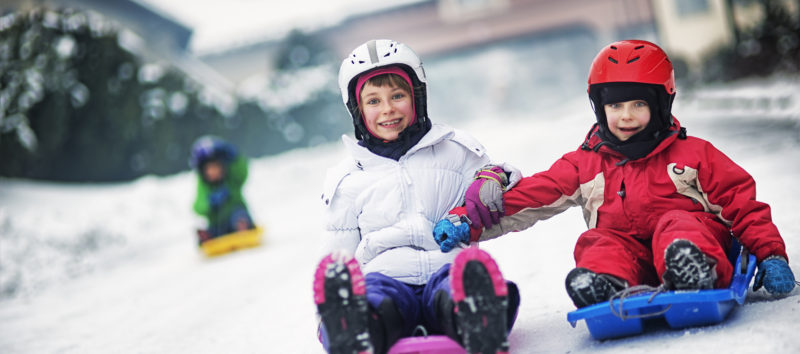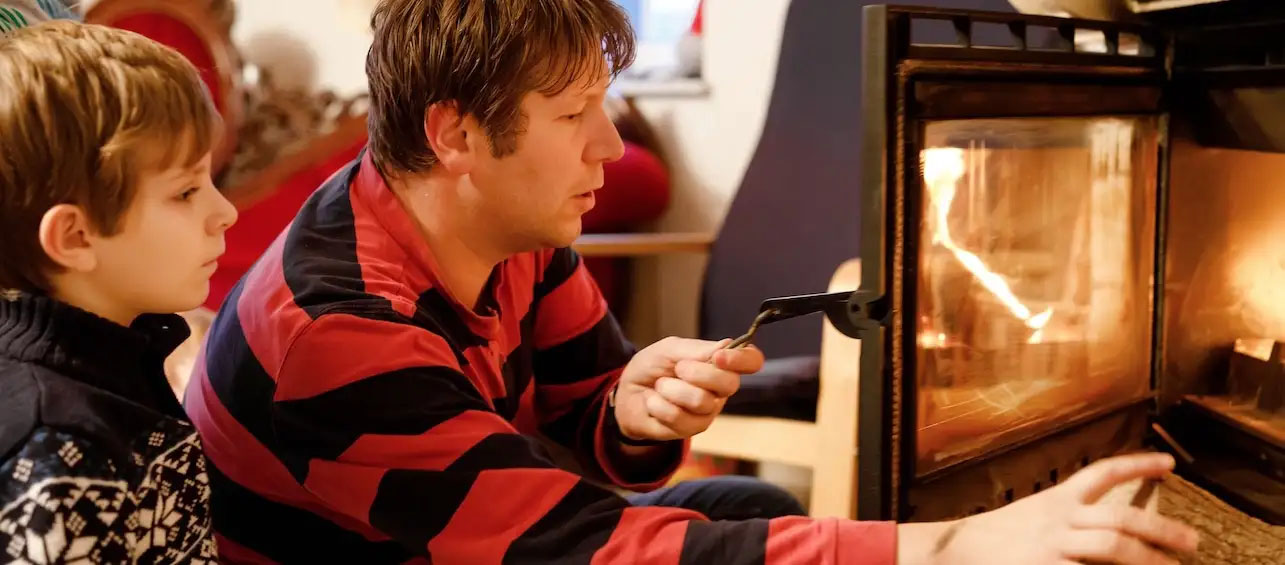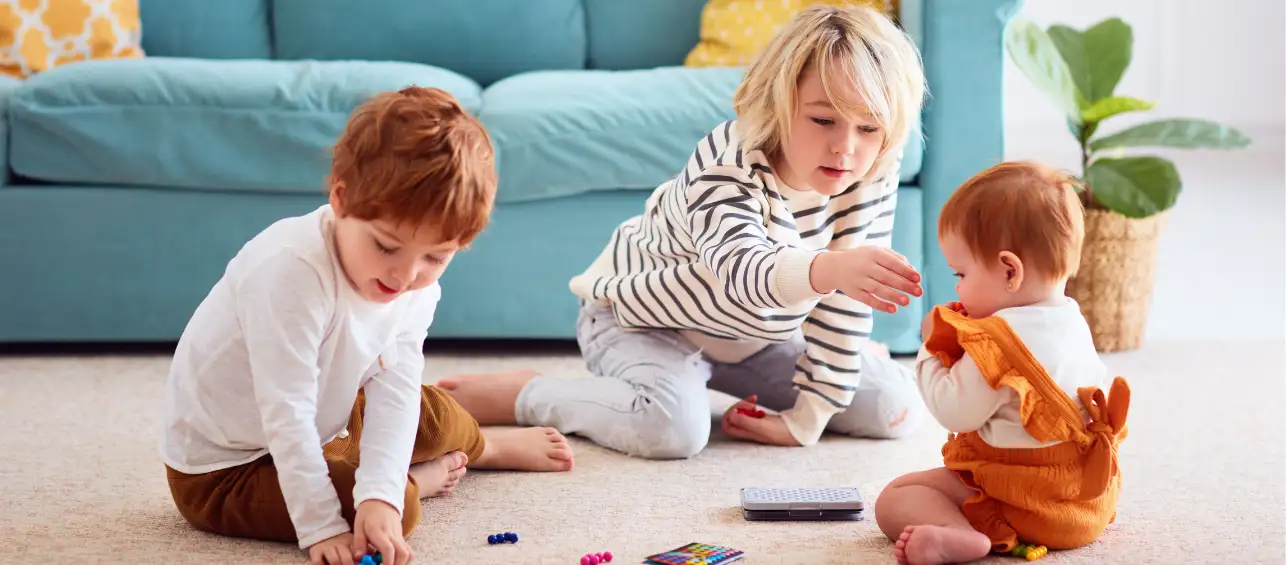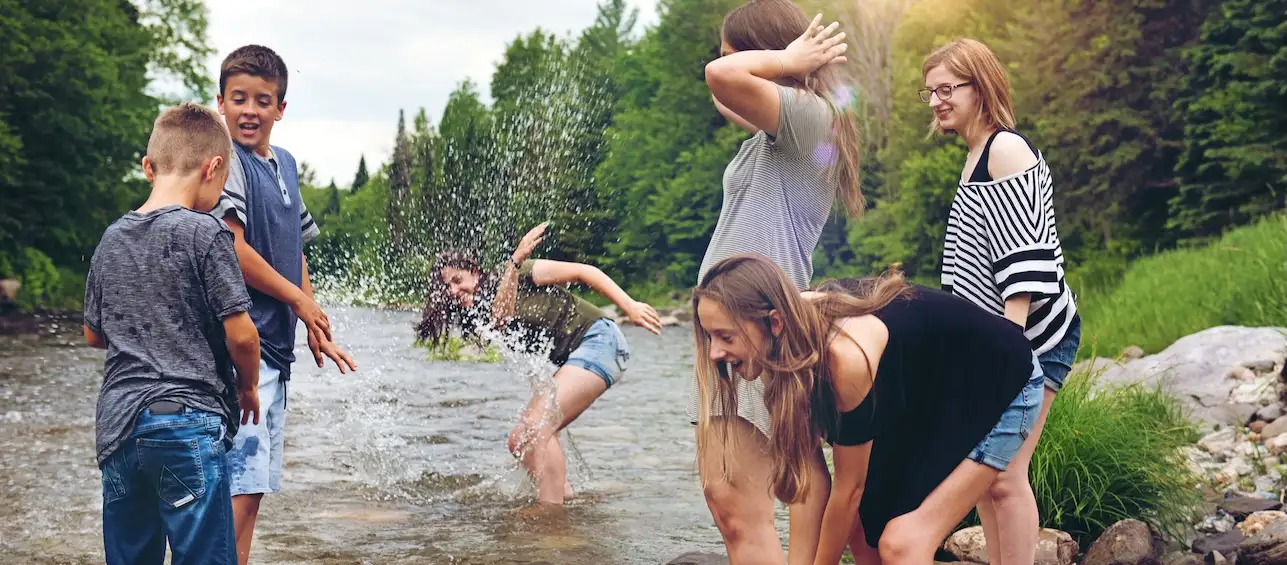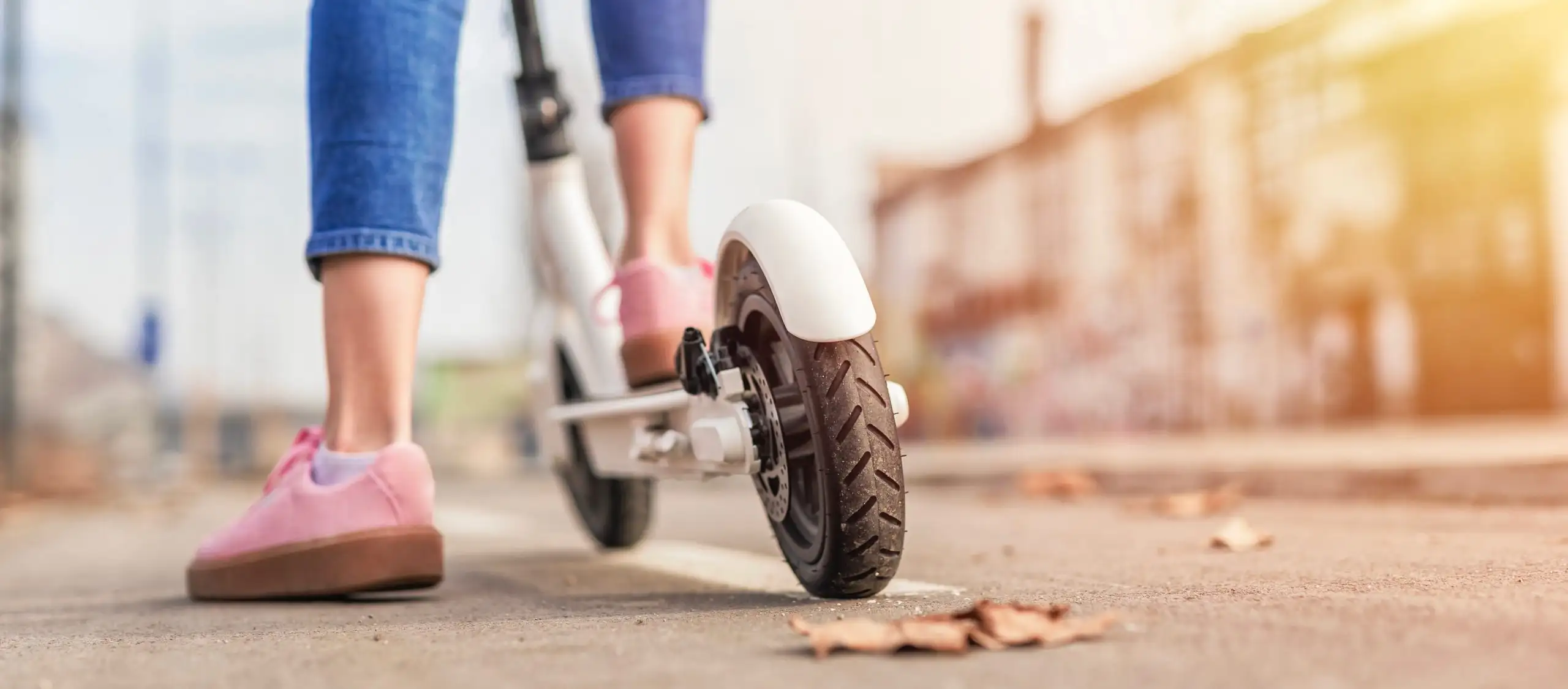One of the fondest memories of winter for a child is often heading to the neighborhood hill after the first big snow for an afternoon of sledding with friends. There is no doubt that barreling down a snow-covered hill is fun for a child, but being safe while doing it should be top-of-mind.
The Numbers
The American Academy of Pediatrics published a 10-year study which estimated that more than 20,000 children and teens under the age of 19 are treated in emergency rooms for sled-related injuries each year in the United States.
The most common injuries were fractures, followed by contusions and abrasions. The head was the most injured body part.
Just because injury is a possibility, you shouldn’t keep your kids cooped up inside this winter. But, there are things you can do to help them stay safe.
Wear a Helmet
Sleds can easily reach speeds of 20-25 miles per hour when headed down a steep hill. You wouldn’t let your child ride a bike at those speeds without a helmet, so why should a sled be any different? Studies show that helmets are 85% effective at preventing brain injuries in bicycle accidents, which are very similar to sledding accidents.
Dress For Success
Dress your children in layers for extra warmth, and if their clothing becomes wet, bring them inside. Watch out for signs of frostnip and frostbite. Frostnip can turn the skin white or blue-white and typically affects the face, feet or fingertips. Frostbite is literally the freezing of the skin. The skin can feel waxy, frozen, and numb, and can cause blisters. Encourage your kids to come inside periodically to make sure they’re warm enough. Offering hot chocolate and marshmallows is a good way to get them inside for a few minutes. Also, it may seem odd, but don’t forget the sunscreen. The sun’s harmful rays can be dangerous despite below freezing temperatures.
Be With Your Kids
Adult supervision is the key to reducing sled-riding injuries. American Academy of Orthopaedic Surgeons (AAOS) statistics show that 71 percent of unsupervised sled outings result in injuries.
Find a Safe Hill
Don’t pick a slope that ends in a street, parking lot, or pond. Both sleds and cars have a hard time stopping on slippery surfaces. Frozen ponds might appear solid, but remember they might not be strong enough to hold your child’s weight and should be avoided. You will also want to make sure the slope is away from trees and unexpected holes.
Don’t Use Sled Substitutes
Cafeteria trays and cardboard boxes can seem like cheap alternates to sleds, but you need to keep in mind they’re not designed with any steering mechanism. This can lead to preventable collisions that can be avoided with the right equipment.
Make safety a priority this year by following our practical tips for safe sledding. For more safety tips contact our Comprehensive Children’s Injury Center.

